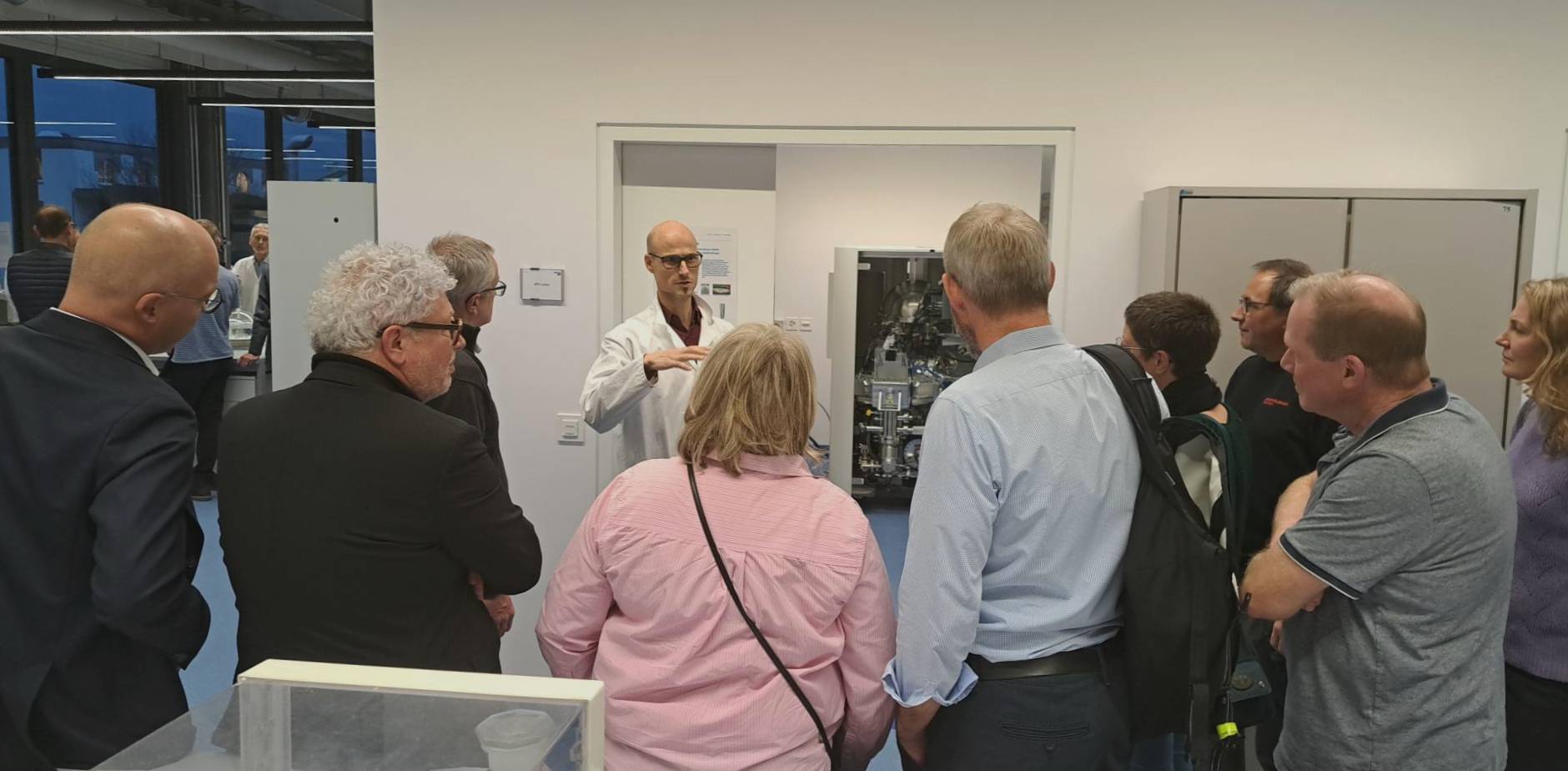IL-16: Cleanliness of medical devices
About ten years ago, contaminated hip shells required several hundred revision surgeries and the products had to be recalled from the market. This event was an alarm call for the medical device industry. Companies realized that neither the best biomaterial nor the best engineering solution are successful if the process chain and the cleaning of the implants were not very well-controlled and understood.
The scientists of the RMS Foundation focused for many years on the toxicological assessment of biomaterials only. While biocompatibility assessments had been of interest in the past, chemical analyses, in particular the surface analysis, have become more and more important, and investments were done to expand constantly the analytical services. Currently, the RMS possesses in-depth know-how regarding problems and questions on cleanliness and contamination and corresponding analytical methods. It is possible, for instance, to use x-ray photoelectron spectroscopy (XPS) or inductively coupled plasma mass spectrometry (ICP MS) for performing trace and ultra-trace analysis. Residual particles are extracted and quantified with the Coulter counter or scanning electron microscope in eluates or directly at the surface, respectively.
The RMS Foundation uses these analytical methods for research projects as well as for customer orders, e.g. for quality control checks. Research activity guarantees that test protocols are constantly refined and adopted to the various customer needs.
The relevance of consulting activity is ensured by constant contacts to governmental agencies, notified bodies, or other analytical laboratories. In the course of standard activities, representatives of the RMS Foundation regularly attend the technical meetings of the ASTM International, and contribute to ISO standards. The first «cleanliness standard», ASTM F2847 Standard Practice for Reporting and Assessment of Residues on Single Use Implants, published in January 2011 was an important step in respect of controlling residues and setting limit values.
![]()
Smeared test specimens used for the validation of the cleaning appliances.
Cleanliness in industrial applications
Cleanliness is important for many production processes asside medical device technologies. Residues of process adjuvants on products may prevent that an adhesive layer meets its function; or discolorations may occur because impurities influence negatively the surface-refinement processes. In the course of the investigations, residues are typically classified in organic, inorganic, biologic - i.e. microbiological and endotoxin, and particle categories. Each class requires its own analytical approach.
The RMS Foundation offers comprehensive analytical services and consulting to residues and cleanliness. Examples:
The x-ray photoelectron spectroscopy (XPS) is a universal method for the chemical analyses of surfaces. The method is extremely surface-sensitive as the detected photo electrons only stem from atoms close to the surface (up to a maximum depth of 10 nanometers).
The inductively coupled plasma mass spectrometry (ICP MS) is used for the identification and quantification of the traces and ultra traces (ng/L) of inorganic materials. Residues are extracted from surfaces by acidic solvents or solubilized in a microwave digestion.
Laser diffraction and Coulter counter are methods for the particle analysis. Possible are the qualitative investigation – the determination of a size distribution – in the range of about 40 nanometers to millimeters as well as the automatic quantitative counting of particles.
Endotoxin determination, i.e. the determination of bacterial residues (lipopolysaccharides LPS), is done with the LAL method. They are washed off the surfaces using specific protocols and measured in a quantitative approach.
